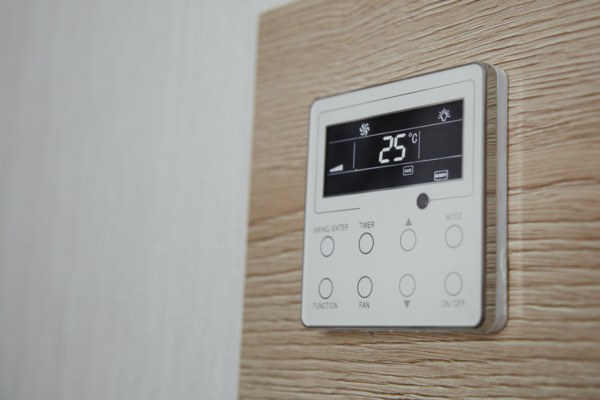
Temperature controllers play a vital role in modern Australian homes, particularly in renovations and new builds that must meet today’s safety, energy and sustainability standards. These devices regulate water temperature at outlets, reducing the risk of scalding and helping households comply with current building codes.
As of mid‑2025, several Australian states, including Victoria and New South Wales, require temperature controllers on new hot‑water installations to limit water to 50 °C at the tap. This is because 60 °C water can cause severe burns in seconds, while 50 °C water provides safer access without compromising hygiene.
Meeting energy and sustainability standards
The introduction of the National Construction Code 2022 provisions, which came into force nationally in October 2023, has increased the emphasis on energy‑efficient systems in both new homes and renovations. Temperature controllers are now an important part of meeting these requirements, contributing to higher NatHERS and Green Star ratings.
Renovators are increasingly prioritising energy‑smart upgrades to ensure their homes are comfortable, cost‑effective and ready for future climate conditions. Controllers help meet these goals by reducing unnecessary heat loss and maintaining consistent water temperatures.
Features of modern temperature controllers
Modern temperature controllers have evolved significantly in recent years. Many models now feature smart technology, allowing homeowners to adjust water temperature via mobile apps, set usage schedules, and track energy consumption in real time.
Integration with home automation systems is becoming standard, making it easier to control water and energy use across the entire property. Multi‑outlet controllers can also preset individual tap temperatures, fill baths automatically to a chosen level, and reduce water wastage.
Benefits for renovations and retrofits
These features are particularly valuable in renovations, where improving climate resilience and energy performance has become a priority. Homeowners upgrading insulation, windows and draught sealing can pair these changes with temperature control to create a complete thermal solution.
Retrofit options are also available, allowing older hot‑water systems to benefit from modern safety and efficiency without the need for full replacement. This makes them a practical choice for upgrading existing homes to meet today’s standards.
Advantages and considerations
There are clear advantages to installing temperature controllers. They enhance safety by preventing scalding, improve energy efficiency by reducing heat loss, and help households meet stricter compliance requirements. They also support smart‑home ecosystems, providing convenient control and usage insights.
However, some considerations remain. Installation may add costs to renovation budgets, and older systems may need compatibility checks before a controller can be fitted. Professional installation is often required, particularly where plumbing modifications are necessary.
Industry trends supporting adoption
The broader construction industry is moving toward increased automation and energy monitoring. Smart building technologies are growing in popularity across residential projects, with demand driven by sustainability goals and rising energy prices.
Temperature controllers align closely with these trends, offering practical benefits that appeal to both renovators and new‑home builders. With Australia’s building sector focusing on climate resilience and energy efficiency, their role in homes is likely to grow further over the coming years.




